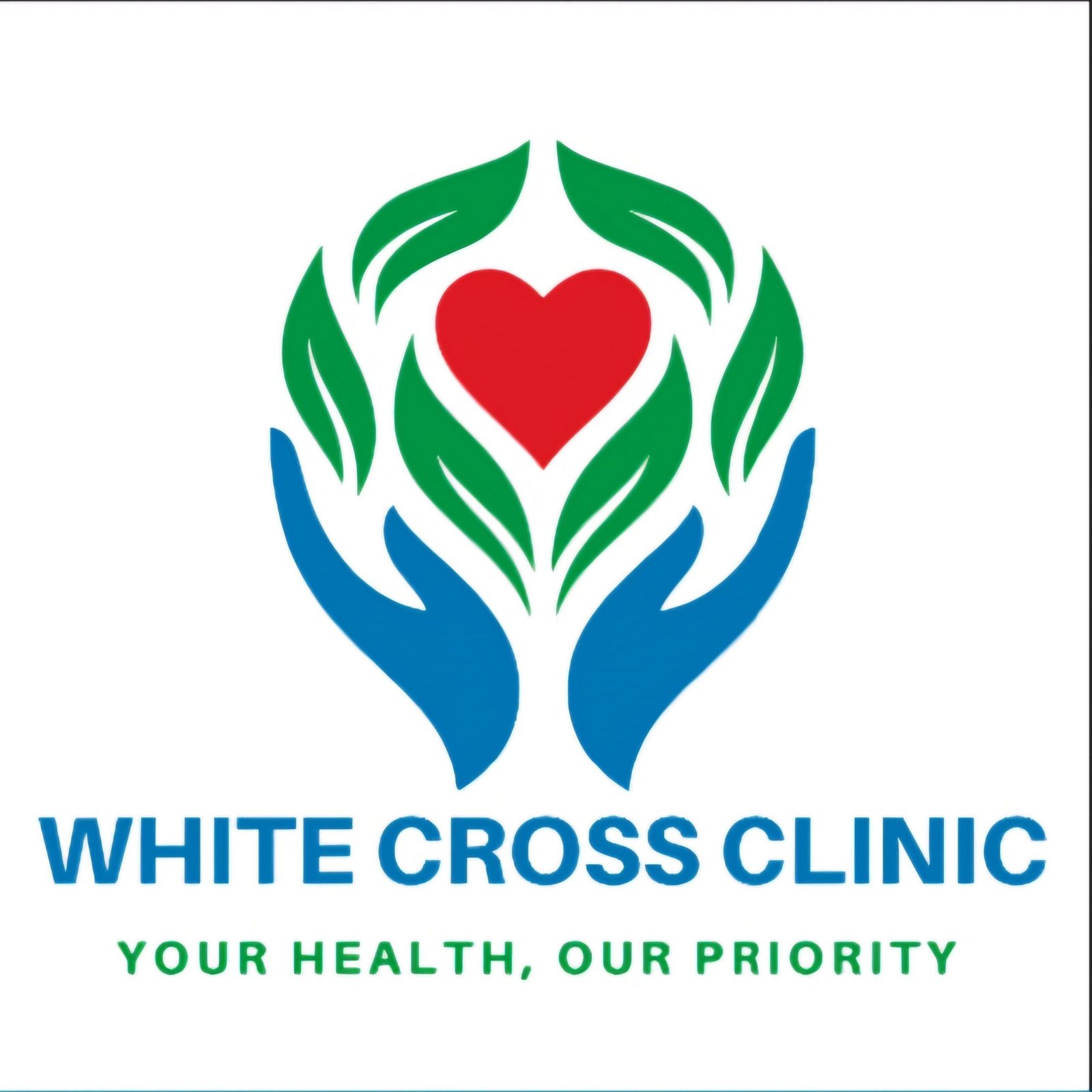Overview
Sarcoidosis is a disease characterized by the growth of tiny collections of inflammatory cells (granulomas) in any part of your body — most commonly the lungs and lymph nodes. But it can also affect the eyes, skin, heart and other organs.
The cause of sarcoidosis is unknown, but experts think it results from the body’s immune system responding to an unknown substance. Some research suggests that infectious agents, chemicals, dust and a potential abnormal reaction to the body’s own proteins (self-proteins) could be responsible for the formation of granulomas in people who are genetically predisposed.
There is no cure for sarcoidosis, but most people do very well with no treatment or only modest treatment. In some cases, sarcoidosis goes away on its own. However, sarcoidosis may last for years and may cause organ damage.
Products & Services
Symptoms
Signs and symptoms of sarcoidosis vary depending on which organs are affected. Sarcoidosis sometimes develops gradually and produces symptoms that last for years. Other times, symptoms appear suddenly and then disappear just as quickly. Many people with sarcoidosis have no symptoms, so the disease may be discovered only when a chest X-ray is done for another reason.
General symptoms
Sarcoidosis can begin with these signs and symptoms:
- Fatigue
- Swollen lymph nodes
- Weight loss
- Pain and swelling in joints, such as the ankles
Lung symptoms
Sarcoidosis most often affects the lungs and may cause lung problems, such as:
- Persistent dry cough
- Shortness of breath
- Wheezing
- Chest pain
Skin symptoms
Sarcoidosis may cause skin problems, which may include:
- A rash of red or reddish-purple bumps, usually located on the shins or ankles, which may be warm and tender to the touch
- Disfiguring sores (lesions) on the nose, cheeks and ears
- Areas of skin that are darker or lighter in color
- Growths under the skin (nodules), particularly around scars or tattoos
Eye symptoms
Sarcoidosis can affect the eyes without causing any symptoms, so it’s important to have your eyes checked regularly. When eye signs and symptoms do occur, they may include:
- Blurred vision
- Eye pain
- Burning, itching or dry eyes
- Severe redness
- Sensitivity to light
Heart symptoms
Signs and symptoms related to cardiac sarcoidosis may include:
- Chest pain
- Shortness of breath (dyspnea)
- Fainting (syncope)
- Fatigue
- Irregular heartbeats (arrhythmias)
- Rapid or fluttering heart beat (palpitations)
- Swelling caused by excess fluid (edema)
Sarcoidosis can also affect calcium metabolism, the nervous system, the liver and spleen, muscles, bones and joints, the kidneys, lymph nodes, or any other organ.
When to see a doctor
See your doctor if you have signs and symptoms of sarcoidosis.
“My experience at White Cross has helped me be here for my grandkids.”
— Jim, patient, sarcoidosis
